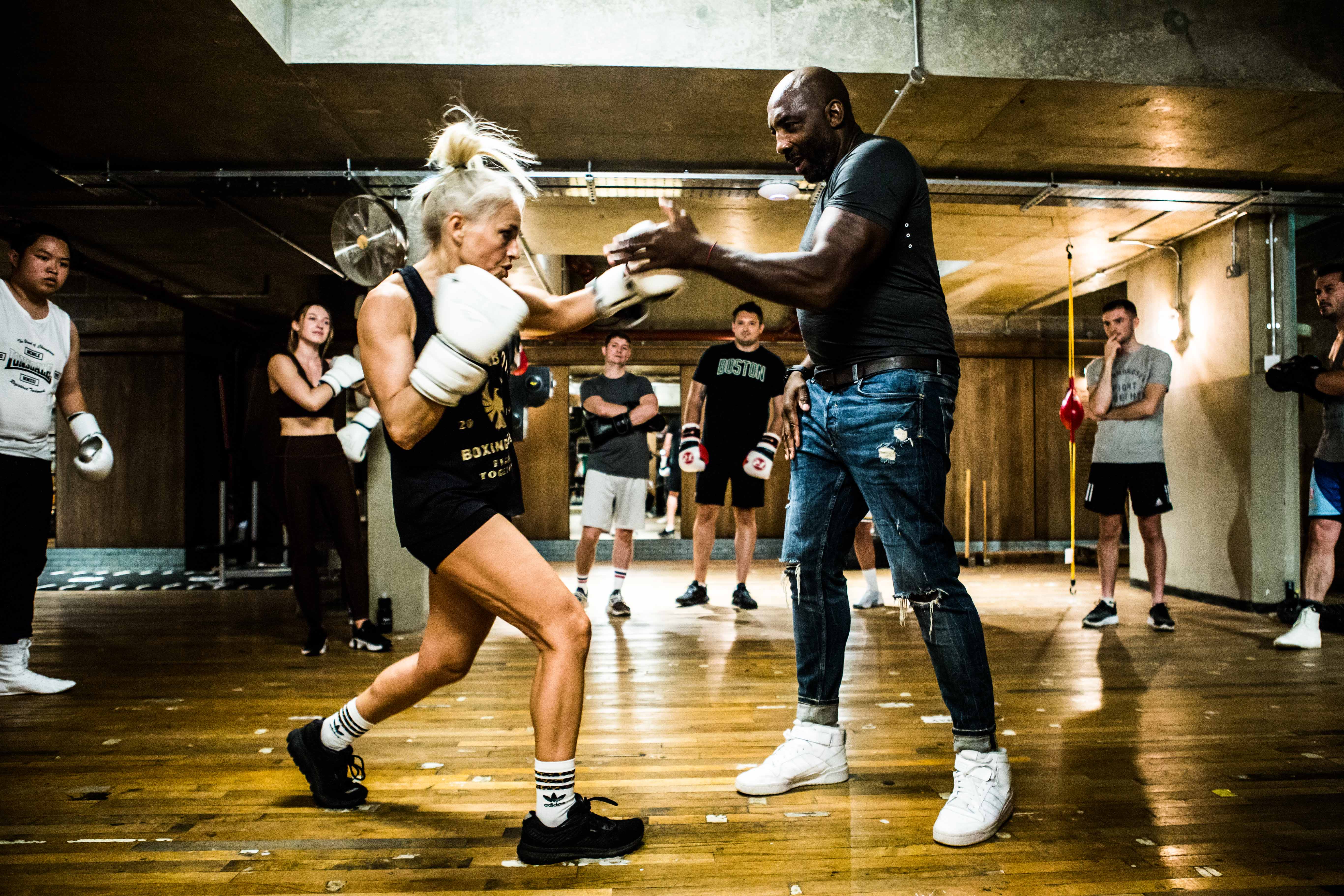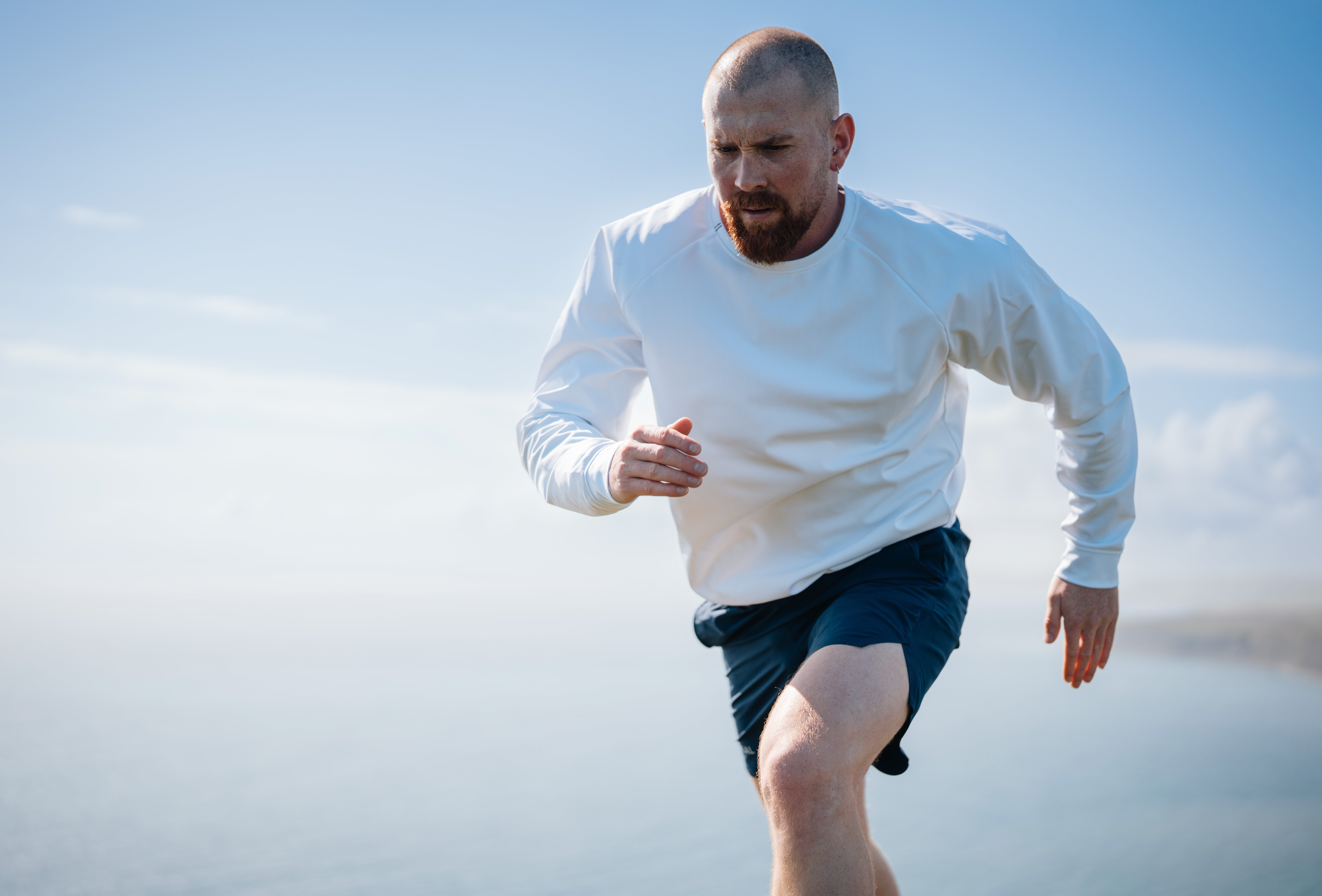
SPORTS VISION
According to the Guinness Book of Records, the fastest human punch ever recorded clocked in at 45mph. The punch was thrown by Keith Liddell, who qualified to box in the 2012 London Olympics for the USA.
In or out of the ring, punches differ in speed but a typical punch from a fully grown, reasonably strong adult can be delivered at between 25-30mph, which doesn’t sound so bad compared to Keith… until you get hit by it!
At 45mph, the fist is travelling at around 20 metres per second. Let’s take a more conservative speed of 25mph and the fist is still travelling 10 metres per second. If you blinked at this speed, you would miss a full one metre of arm movement - that is roughly the distance from your nose to your fingertip, or in other words a full length punch itself. The reason we normally don’t miss the punch completely is because we see the persons body position, we assess their overall movement and this information indicates that the strike is incoming. Either way we are talking about events occurring in milliseconds, so every nanosecond counts when it comes to perceiving what’s happening and what the best way to react is.
Sports Vision is a large area of sports science research. The field incorporates sports psychology with motor learning, vision science and neuroanatomy. Each of these specific areas can offer information on the way we see and perceive, allowing us to improve our performance via training our vision while in motion.
Studies have show that the brain and the eyes often work in tandem to detect movements faster than individual components. Although it’s impossible to track the movement of a fast-moving object consistently, your brain is very good at predicting where it will end up. With practise, you can train the brain to make these predictions quicker and more accurately. A faster response time can make all the difference in or out of the ring.
By practicing quick-eye training, you can program your brain to focus your visual attention on the most essential cues. The perception of your environment will improve, allowing better educated decisions. You’ll know when to block and when to launch an attack.
This article is taken from a book by Phil Pierce, called "Mental Combat"
Photo: Getty Images









Leave a comment
This site is protected by hCaptcha and the hCaptcha Privacy Policy and Terms of Service apply.